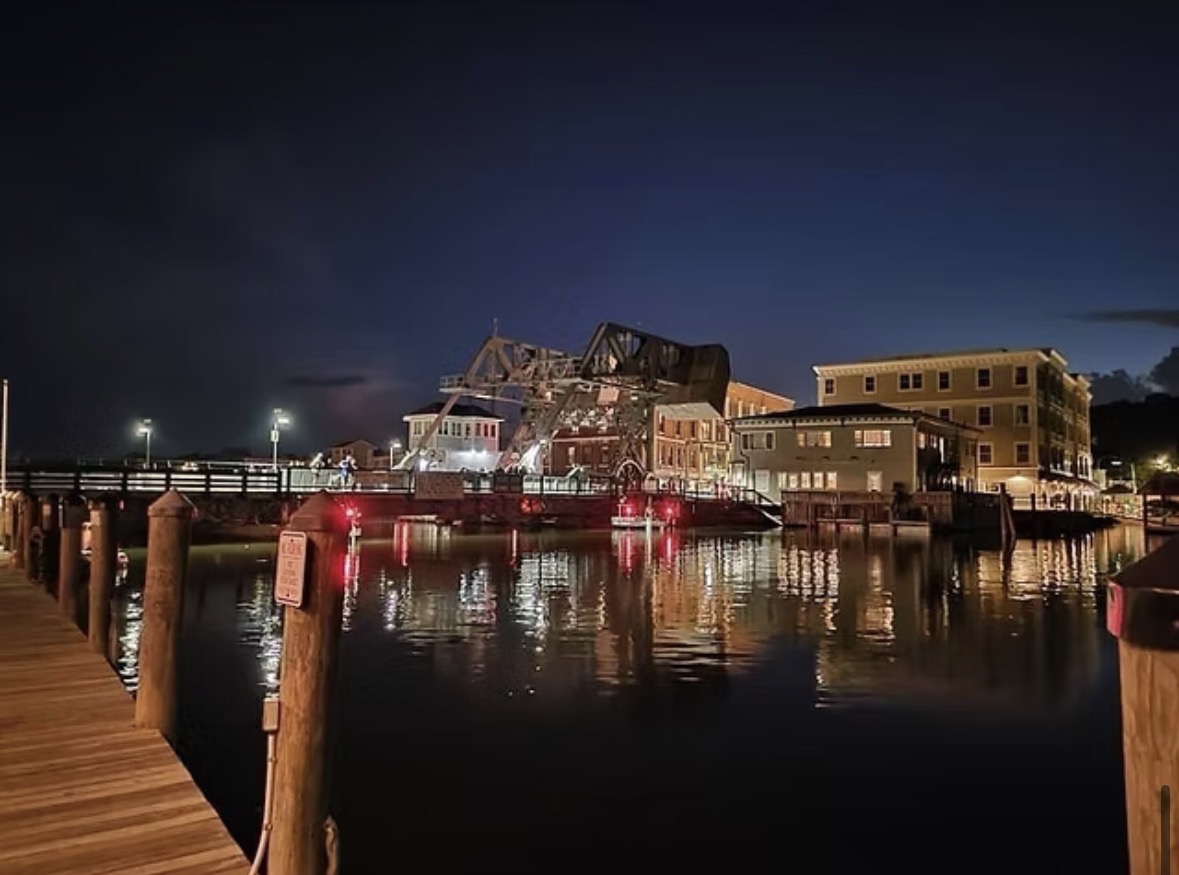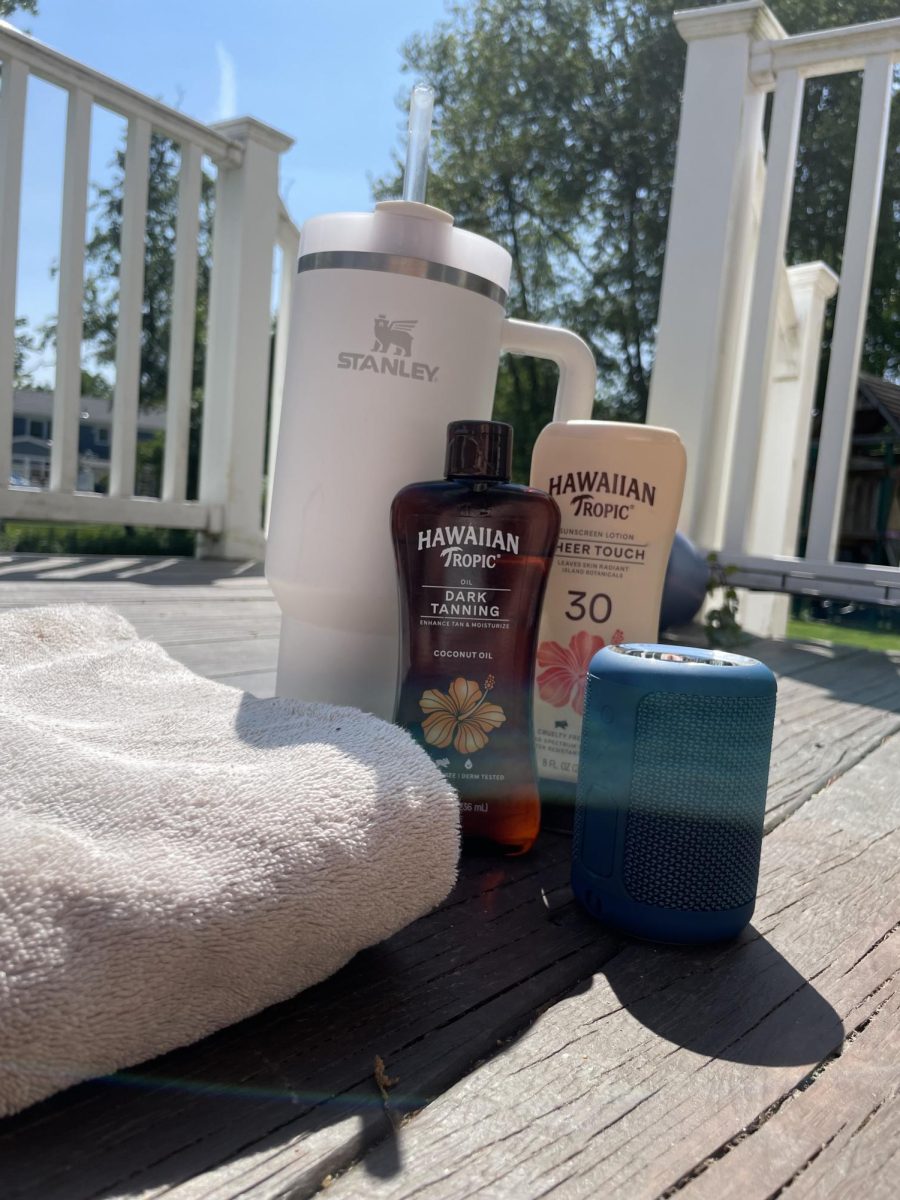While the New England hotspot of Newport, Rhode Island is known for its picturesque beaches and vital sailing life, it’s home to historic Gilded Age mansions, each with a mysterious and unique history. The homes have seen years of luxurious parties, scandals, and important figures of the Gilded Age.

Built in 1901, the Elms is a national historical landmark meant to replicate 18th-century French chateau architecture. With this inspiration came technology and modernization from the Gilded Age.
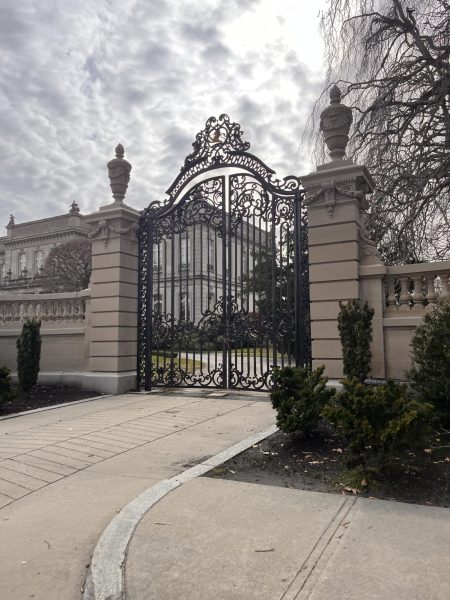
The 1892 home served as a Summer getaway to coal industry investors Mr. and Mrs. Edward Julius Berwind, who passed the home onto Mr. Berwind’s sister, Julia Berwind, who died in 1961, after which the Preservation Society of Newport purchased the Elms at public auction.
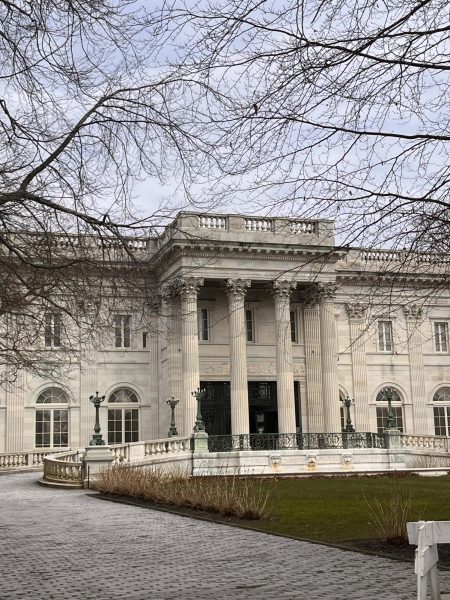
Built in 1892, the Marble House was meant as a 39th birthday present for steamboat industry heir William Vanderbilt’s wife, Alva Vanderbilt. Not only does the home serve as an architectural landmark for the area, but it also shaped the social scene of Newport, transforming it from a quiet summer destination to a Gilded Age hotspot.

Built in 1902, Rosecliff was a lively destination for lavish Gilded Age parties hosted by owner, Nevada silver heiress Theresa Fair Oelrichs. Its last private owners, Mr. and Mrs. J. Edgar Monroe of New Orleans, sold the house to the preservation society in 1971. The spot is famously known for its appearances in several films, including “The Great Gatsby,” “True Lies,” “Amistad” and “27 Dresses.” The front was shown during season one of HBO’s “The Gilded Age.”
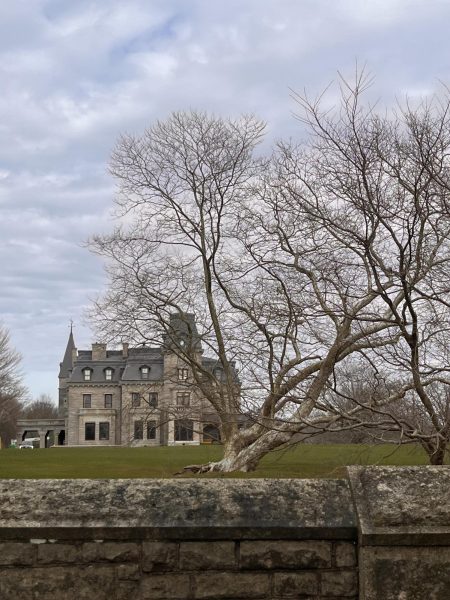
Built in 1852, the mansion was a vital scene for many pre-Vanderbilt soirees, including the 1889 debutante ball held for owner William Shepard Wetmore’s niece, Edith. The house was one of the many previously standing homes to catapult the influence of the Gilded Age in Newport. The China trade merchant, William Shepard Wetmore, passed the house down to George Peabody Wetmore, former Rhode Island Governor and United States Senator, whose daughters sold it to the Preservation Society in 1969.
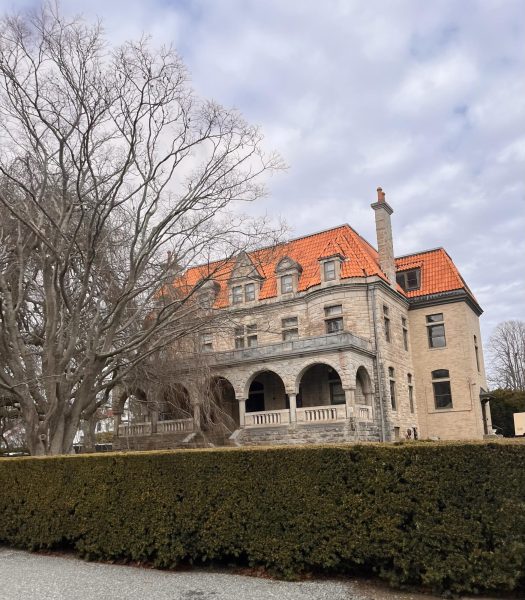
Built in 1888, the home served as a summer residence to William H. Osgood of New York. It was last privately owned by Herbert Claiborne Pell, former U.S. Ambassador to Portugal and Hungary. After several attempts as a school building, it was sold to the Preservation Society in 1992.

The three-story romanesque revival mansion serves as the headquarters for the Preservation Society of Newport, Rhode Island’s largest cultural organization that owns the Gilded-Age mansions, preserves the cultural heritage of the area, and offers information and tours for these landmarks.


